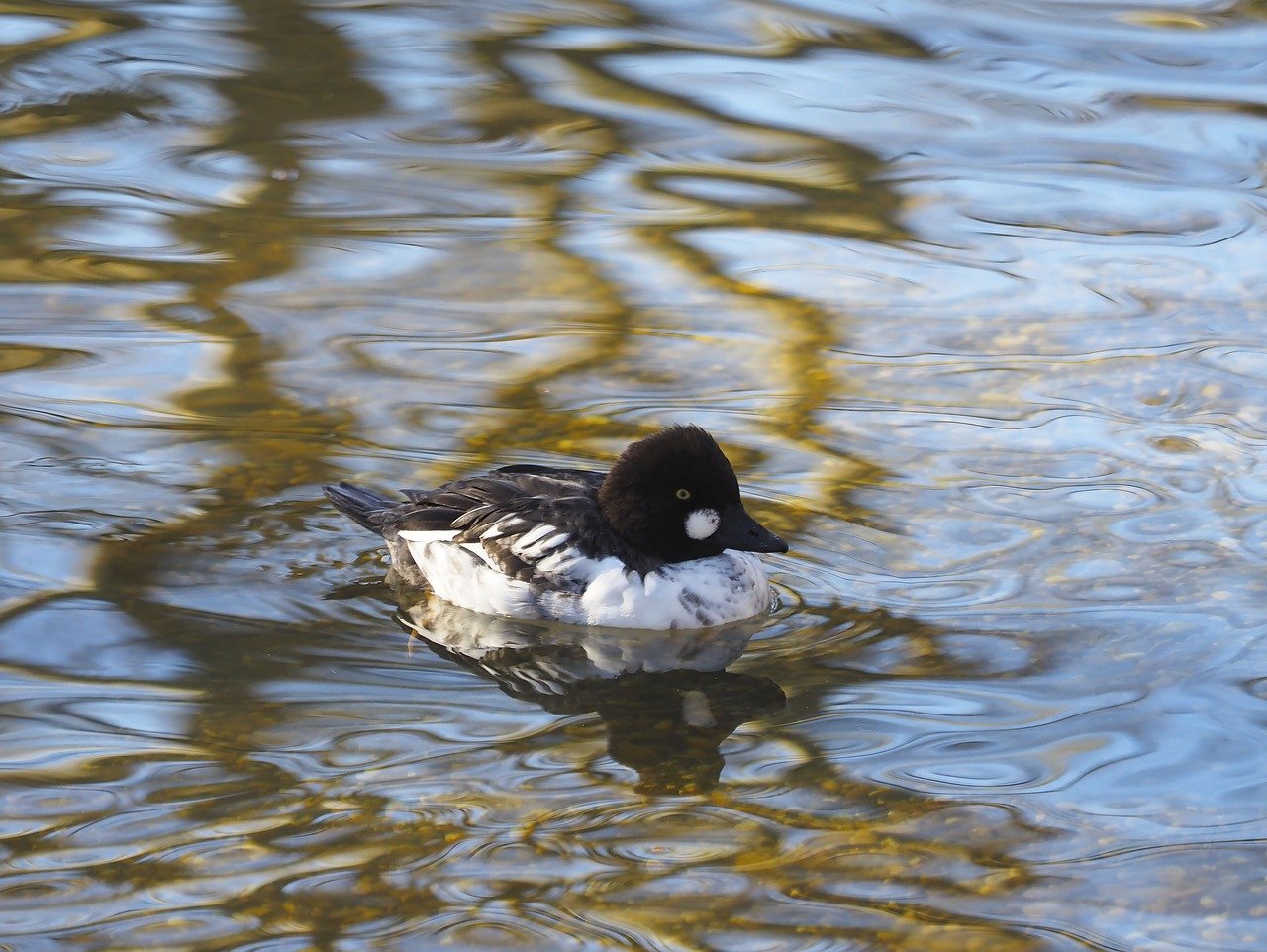Populationstäthetsberoende häckningsframgång hos knipa Bucephala clangula vid Angarnsjöängen
DOI:
https://doi.org/10.34080/os.v14.22761Nyckelord:
populationsstudier, kullstorlek, inomartskonkurrens, häckningsbiologiAbstract
Wildfowl have been censused annually since 1978 at Angarnsjöängen (59°33'N, 18°10'E), a shallow formerly drained eutrophic lake, extensively restored 1992—1993. The breeding success of wildfowl has been monitored since 1995. Breeding data on Goldeneye Bucephala clangula, from 1995 to 2002, are presented. During this period the population increased from slightly less than 10 pairs to around 15 pairs although no nest boxes were provided. Mean brood size (of small young) was 6.8±3.2 pulli, and it did not vary between years or with number of breeding pairs or broods. Broods hatched early in the season tended to be larger than those hatched late. There was a significant negative relationship between the number of breeding pairs and breeding success (measured as number of broods per breeding pair or as number of small young per breeding pair). The total number of small young in the population was independent of the number of breeding pairs (44±9.5 pulli annually). These results suggest that Goldeneye has a negatively density dependent reproductive output in Angarnsjöängen, and together with similar results from a study conducted in Finland, it implies that this may be a general pattern in this species.
Nedladdningar

Downloads
Publicerad
Referera så här
Nummer
Sektion
Licens
Författaren/författarna innehar copyright för varje enskilt bidrag, men samtliga bidrag är publicerade under en Creative Commons-licens, så att vem som helst kan dela och återanvända bidraget förutsatt att copyright-innehavaren erkänns.







